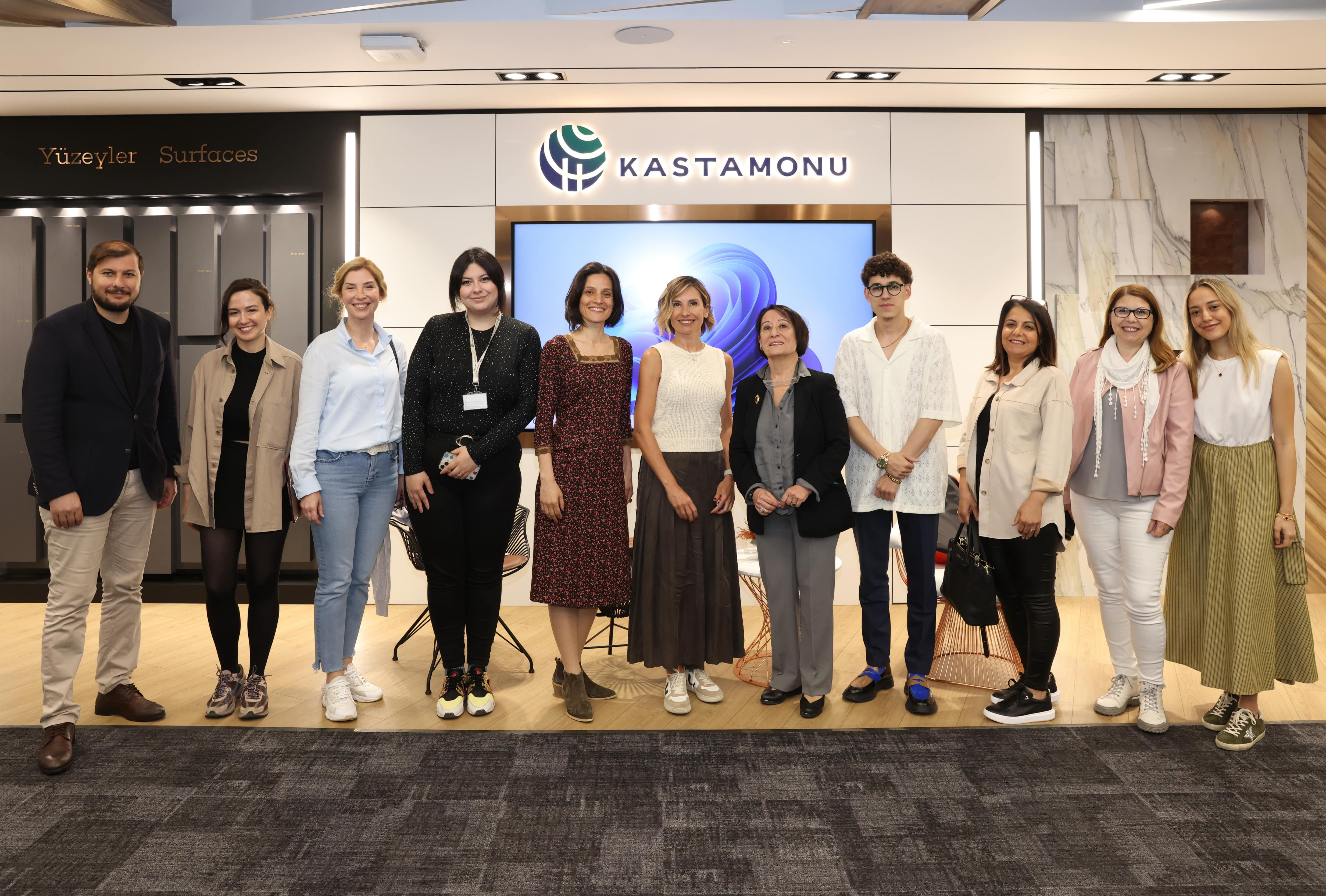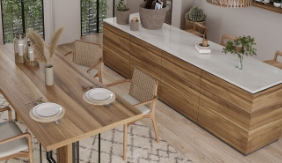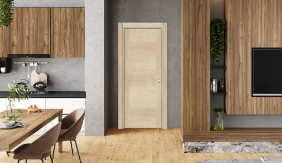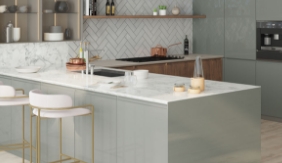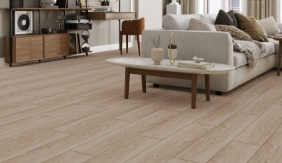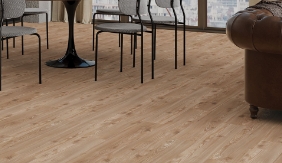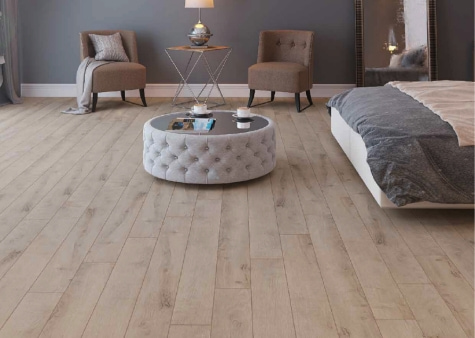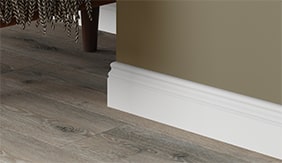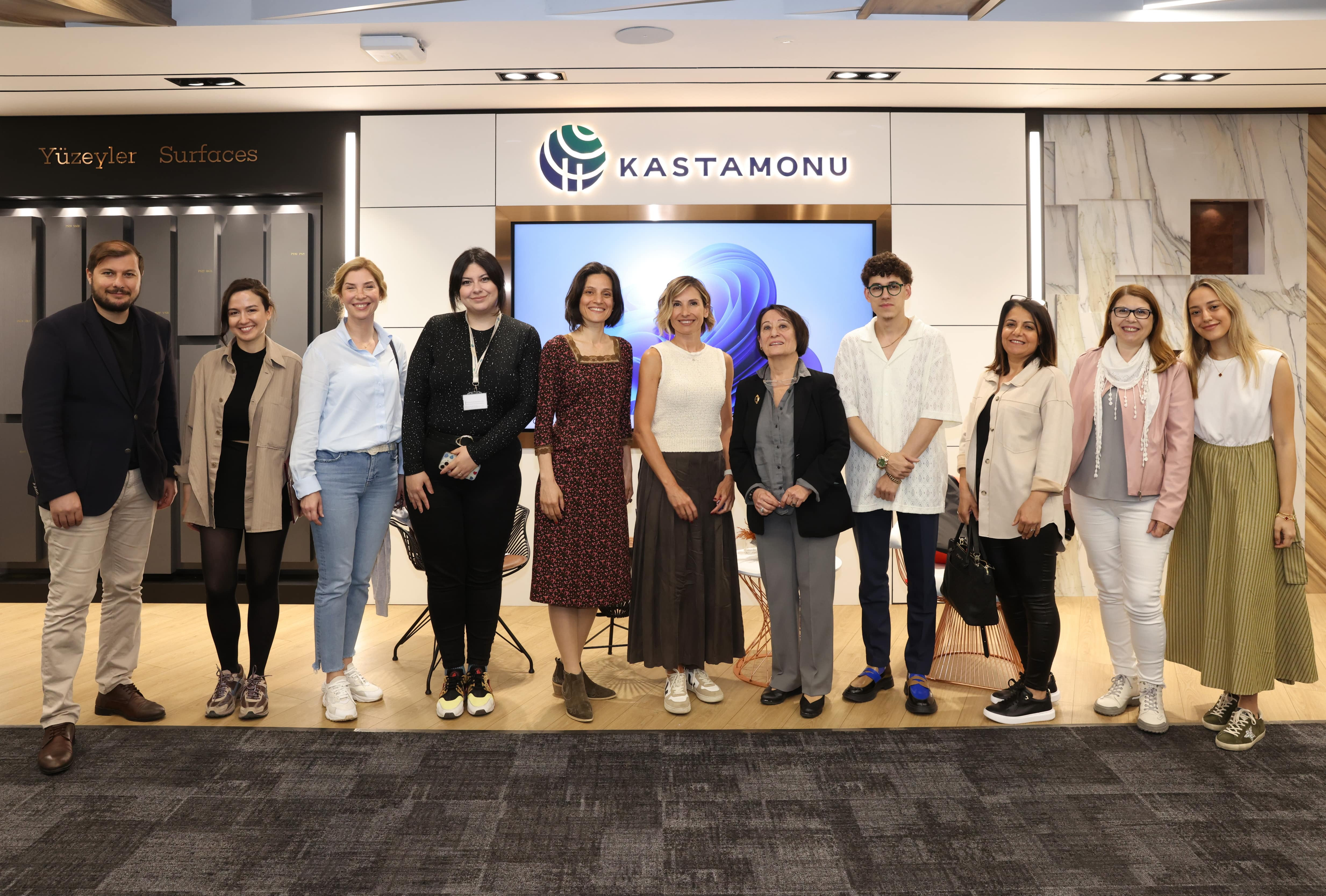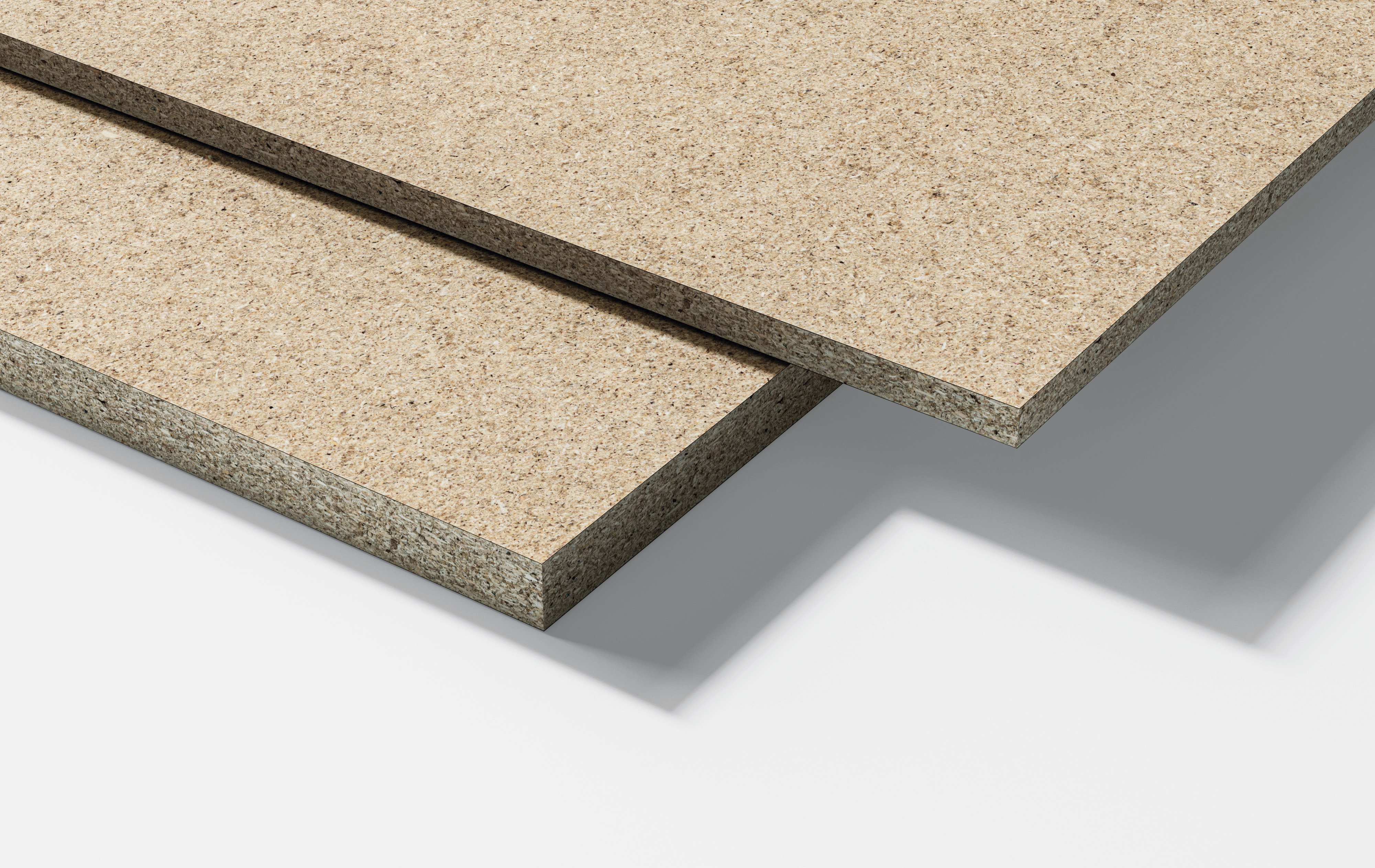“Kitchen, the meeting point for everyone” discussed at Bridging Nature and Life Meetings
This year's first session of Bridging Nature and Life Meetings takes place
"Kitchen, the meeting point for everyone” discussed at Bridging Nature and Life Meetings
This year's first session of the traditional event series Nature to Life Bridge Meetings, where Kastamonu Entegre brings together representatives of the architecture and building industries, took place dealing with the theme “Meeting Point: Kitchen”. At the event entertaining architect Yelin Türer Evcen and writer and cultural gastronomist Güzin Yalın as speakers, kitchen was discussed in many areas from anthropology to gastronomy and design to architecture.
A global brand in the wood-based panel industry, Kastamonu Entegre entertained Architect Yelin Türer Evcen and Cultural Gastronomist Güzin Yalın in the eighth session of Bridging Nature and Life Meetings moderated by Yapı Kataloğu (Building Catalog) held at the KEAS Concept Studio. The talk that took place with the huge turnout of audience from architecture and design industries addressed the theme of “Kitchen: Meeting Point”.
Yelin Türer Evcen and Güzin Yalın explained the relationship that people have established with the kitchen throughout history by presenting examples from many fields from mythology to architecture at the meeting that discussed the approaches combining aesthetics and functionality in kitchen design and the meeting of food culture with architecture. The talk started with nutrition, eating habits, the path from nutrition to cooking and the places used for nutrition in history, and continued with topics such as kitchen schools and the change in kitchen design from past to present.
Cave, humankind's first kitchen
Cultural gastronomist Güzin Yalın remarked that she asks her students about Maslow's hierarchy of needs in her classes, with students usually replying nutrition for the bottom level and said, “At the bottom of the hierarchy is the need for shelter. Indeed, you need a space to protect yourself from the dangers outside so that you can survive. Once we find the space, we start to fulfill our nutritional needs there as well. Catering for the need for nutrition is the point that brings this place gastronomically closest to the kitchen. From this perspective, we can say that cave is humankind's first kitchen. Of course, there was no such thing as separation of spaces at that time. You take both shelter and nourishment in a single place.”
Yalın continued her words by stating that fire was an important revolution in human history and said, “Fire undertook an important mission for people to protect themselves from danger, to keep warm and to illuminate the surroundings. As humankind discovered the cooking function of fire later, it brought about a significant advance in terms of nutrition. This was much later followed by some advances such as carrying fire and surrounding and placing it in a protected area of the cave. First practices included a process of gathering around wherever the fire was burning. When people started to light a fire in the cave or carry it into the cave, they had several problems because the smoke couldn't escape. This allowed the construction of the first chimney in the primitive sense. The presence of a chimney paved the way for the use of that spot inside the cave as a kitchen.”
Geography, destiny for kitchen
“The climate and geography of a region determine everything from food to cooking techniques and the design of a kitchen to the materials used. The place used for cooking, namely the kitchen, the people who made a dish, the distance of the area where the dish was made to the people who consumed that dish, namely the nobles and courtiers, were also as important as the ingredients used in a dish. In Rome, for example, there were communal kitchens similar to today's industrial kitchens, where everyone came and cooked their meals. Considering the colonial period in the US, we again see that the kitchen was outside and far away since the food was cooked by slaves” said Yalın, underlining that geography determines everything about the kitchen.
Leaving an era when lifestyle determined the spaces behind due to urbanization
Architect Yelin Türer Evcen stated that space designs are driven by people's lifestyle and said, “People are now gathered in cities and housing production has shifted from personal to mass. This has led to people adapting to the design of spaces rather than living in spaces that suit their lifestyle. People now have to live in living spaces with shrinking square meters. Apparently, these square meters and kitchen designs have not reached a level to meet the traditional eating, drinking and cooking processes in our kitchens. When designing a housing project that will accommodate thousands of people, you don't have much chance to consider individual kitchen habits and expectations. Instead, you design the kitchen thinking about the shared habits of the mass and try to achieve a common benefit.”
Remarking that the kitchen used to be the hidden corner of the house, but it has become integrated with living spaces due to modern approaches, Evcen said, “The kitchen used to be located at the far end of the house, out of sight of many outsiders and guests. This was mainly due to the disorganization of the kitchen and the lack of its exposure to outsiders. Due to the advancing technology and inadequate square meters, we now see that the kitchen has become the heart of the living space. There has been a shift from the more traditional, extended family structure with someone laboring in the kitchen for people to the more modern nuclear family structure. Considering the busy life in the city and the shrinking square meters, the open kitchen has become more practical for people.”
Evcen indicated that people tried various designs in the kitchen throughout history and said, “From medieval kitchens to today, people experimented with various kitchen design practices throughout history. Some examples include the Frankfurt Kitchen, which was designed in line with the needs of the working class in the first half of the 1900s and later criticized for treating women like factory workers, and the Swedish Kitchen, which is dominated by white color and treats the kitchen as a slightly larger living space. When it comes to the present day, we see that the kitchen has become more colorful and more spacious. Even the concept of white goods is changing due to colored kitchenware. To keep up with this change and transformation, we analyze new approaches and changing human needs in depth and work to design spaces that people will enjoy living in.”
The Bridging Nature and Life Meetings held at the KEAS Concept Studio will continue to bring new topics and guests together with the building and architecture industries in 2024.
